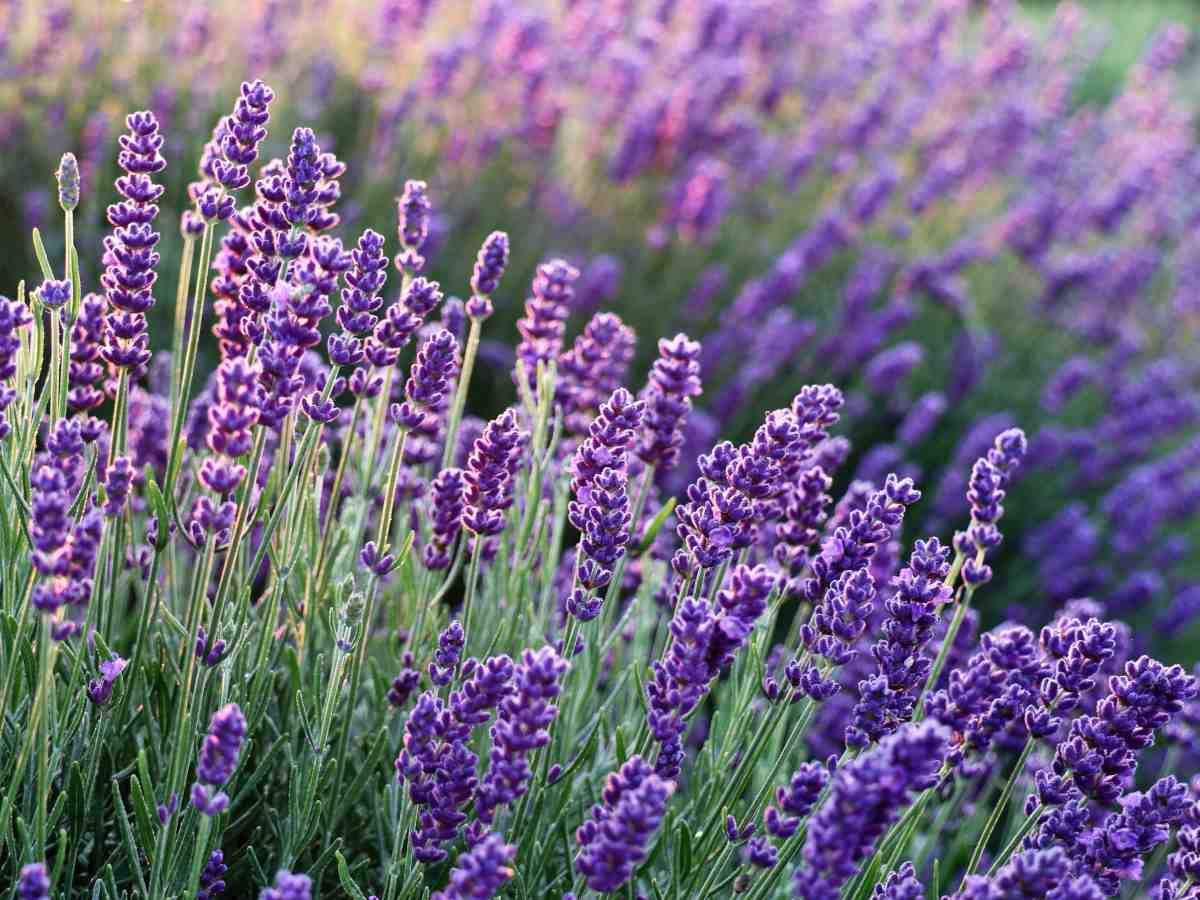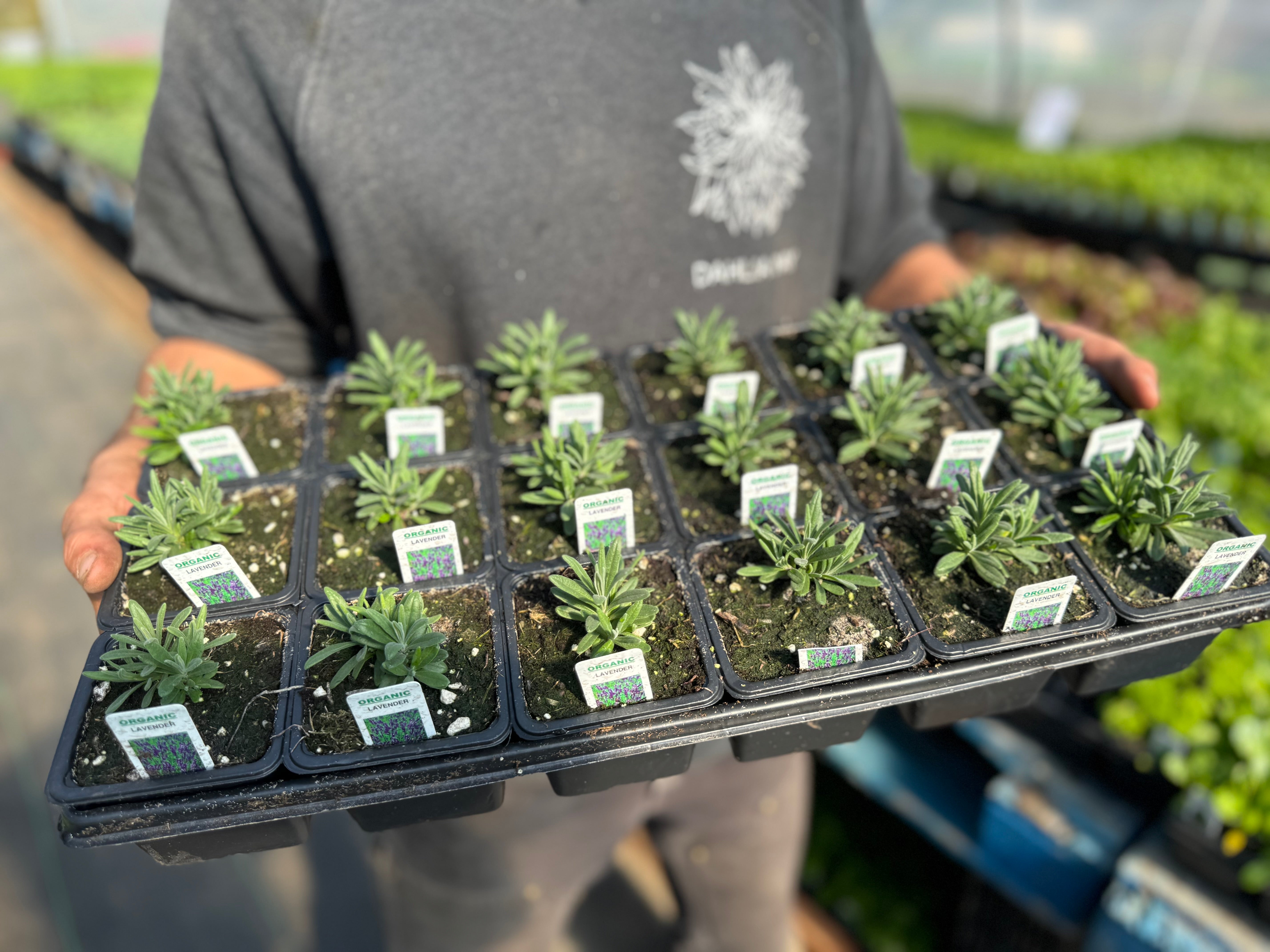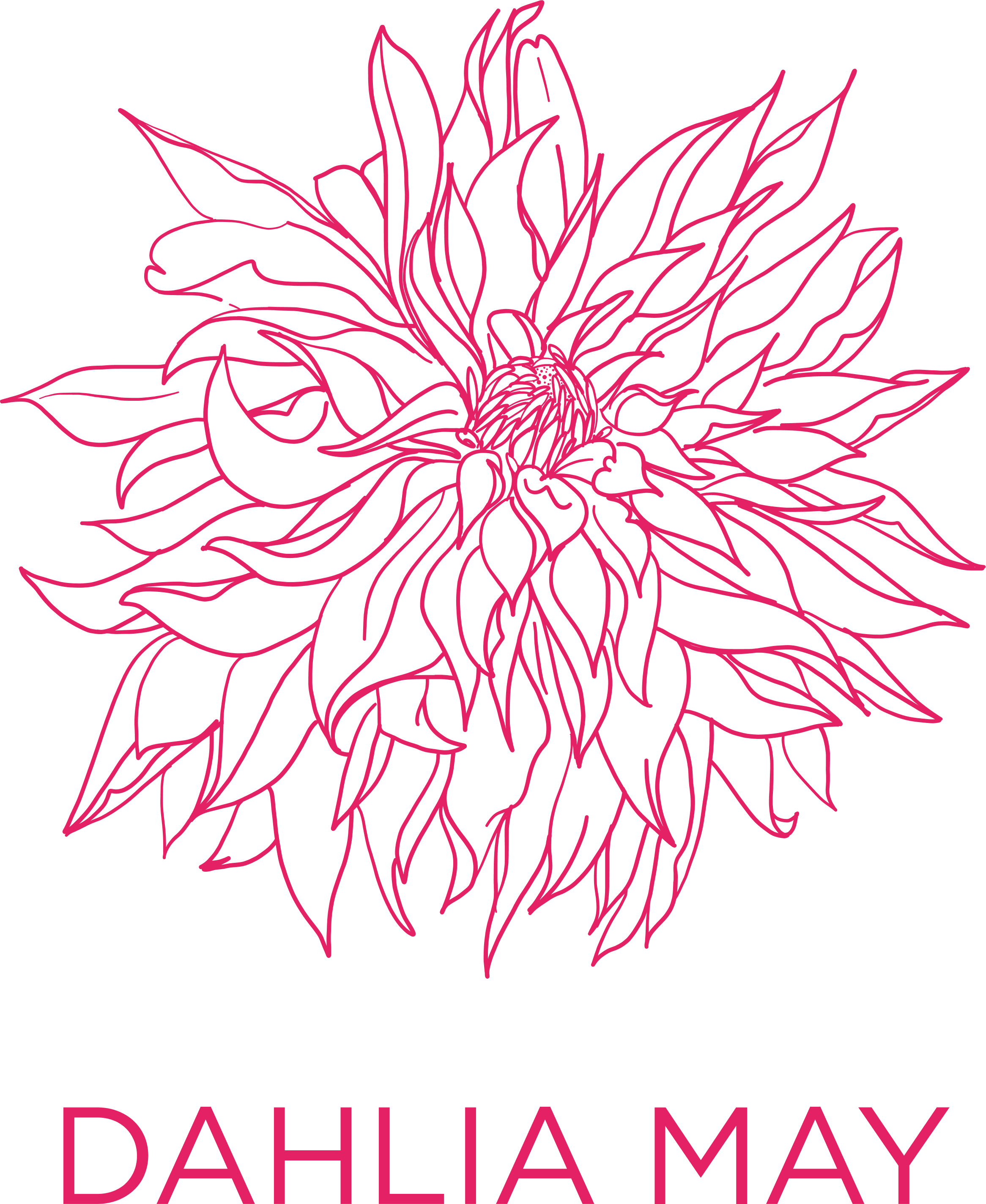

Lavender Plants
Lavender plant, in a 3.5" pot
Lavender plants are perennial herbs that belong to the mint family. They are native to the Mediterranean region and are widely cultivated for their aromatic flowers and essential oils. Lavender plants are small, bushy shrubs that typically grow up to 2-3 feet (60-90 cm) tall. They have slender, woody stems with narrow, gray-green leaves that are covered in fine hairs. Lavender flowers are small and fragrant, and they come in various shades of purple. Lavender flowers have a strong, sweet, floral aroma that is often described as calming and soothing. The flavor is herbaceous, slightly floral, and slightly bitter. It is commonly used as a culinary herb in both sweet and savoury dishes. It is believed to have calming and relaxing properties, and it is often used in aromatherapy and herbal remedies for stress, anxiety, and insomnia.
Tips on how to grow Lavender:
1. Climate and Soil: Lavender plants thrive in sunny and dry climates. They prefer well-drained soil with a pH level between 6.0 and 8.0. If your soil is heavy or clay-like, consider adding organic matter or sand to improve drainage.
2. Planting: Lavender can be planted directly in the garden, after the last frost date. Space the plants about 12-18 inches apart.
3. Watering: Lavender plants are drought-tolerant and prefer dry to moderately moist soil. Water them deeply but infrequently, allowing the soil to dry out between waterings. Overwatering can lead to root rot.
4. Fertilizing: Lavender plants do not require heavy fertilization. A light application of a balanced, slow-release fertilizer in the spring can help promote healthy growth. Avoid over-fertilizing, as it can lead to excessive foliage growth and reduced flower production.
5. Pruning: Regular pruning helps to promote bushier growth and prevent legginess. Trim back the stems after flowering to encourage new growth. Avoid cutting into the woody stems, as lavender plants have limited regrowth from old wood.
6. Pests and Diseases: Lavender plants are generally resistant to pests and diseases. However, they can occasionally be affected by aphids or root rot. Monitor the plants regularly and take appropriate measures if any issues arise.
7. Harvesting: Lavender flowers can be harvested once they have fully bloomed. Cut the flower stems just above the leaves. Harvesting the flowers regularly can help promote continuous blooming.


